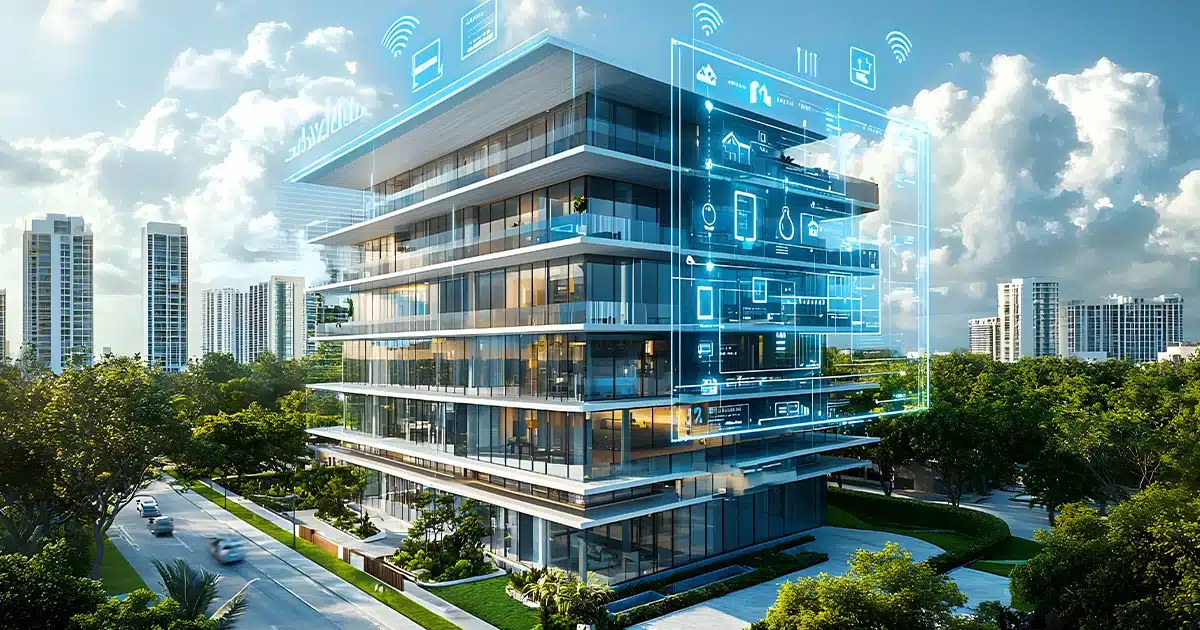Peak load events on our electricity system are forcing suppliers to find innovative ways to cope.
Peak loads were not a problem we worried about in the past. However, with the increased use of air-conditioning, peak loads have become a real problem. Why does this trend create a problem?
Air-conditioning is a heavy electricity user and on very hot days of the year puts a huge load on the system. The generating and distribution system must be sized to cope with the peak load even though the number of really hots days number only a few per year. The enormous cost of super sizing the electricity system is borne by all of us whether we cool our homes or not.
Extra Infrastructure required just to cope with peak demands
Electricity suppliers are finding ways to manage this problem. One response has been to introduce time of use tariffs. By pricing the peak times at a high rate it is trying to encourage us to shift our energy use to other times to balance the load on the system more evenly.
Suppliers are also experimenting with demand management techniques. The idea here is that the consumer gives the supplier the right to remotely control their air-conditioning system within agreed parameters in return for a cheaper rate. When the network is facing a peak load the supplier can turn down the air-conditioning to reduce the load. By sharing the reduction around the pool of consumers, the supplier can limit the effect on any one consumer to an imperceptible amount.
Power Suppliers are inventing creative solutions to manage users systems, allowing them to curb the peak demand
This technique is currently used between suppliers and some larger users such as shopping centres. In Queensland it has been extended to the residential sector as well. Energex has introduced a new tariff for air-conditioners with a “demand response ready” (DRR) sticker.
In our energy management work, demand shifting is an important consideration. In commercial and industrial settings there are many more options to shift demand away from expensive times of the day; examples include, thermal / electrical storage, scheduling or automatic timers and demand management equipment which automatically monitors peaks, sharing the load around non critical areas. The cost savings can be substantial. Contact us for more information.




